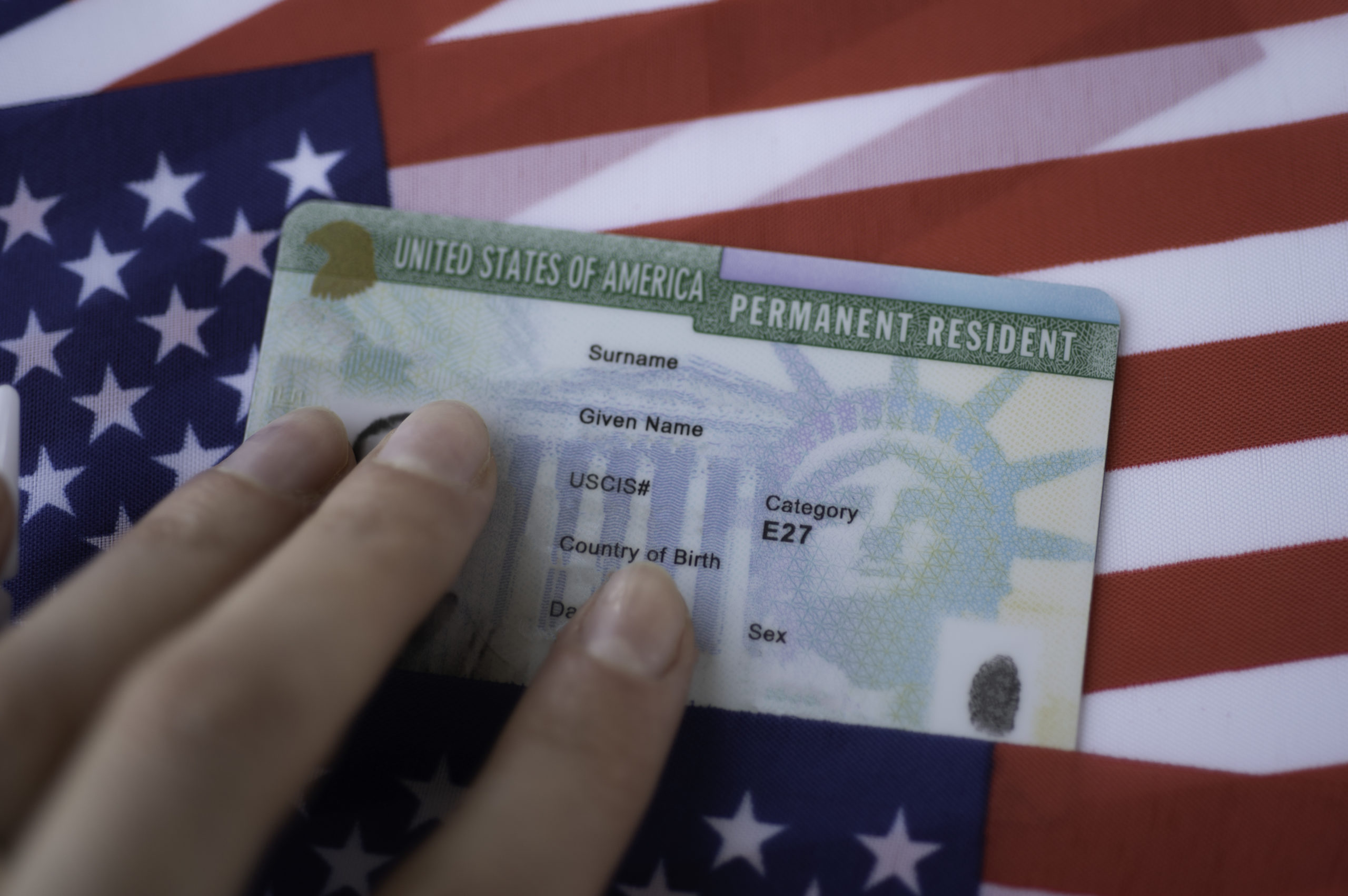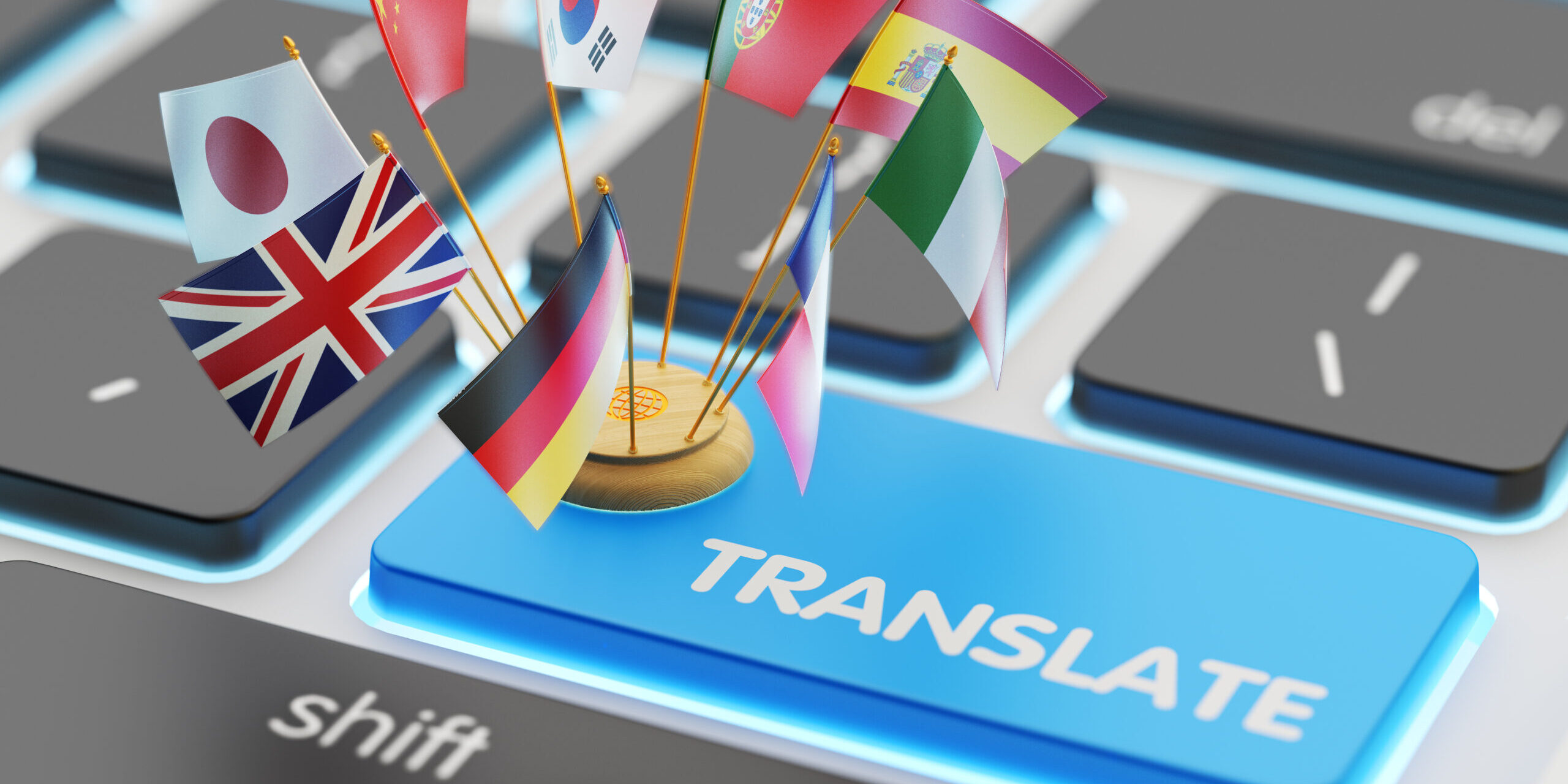Protecting intellectual property internationally can be an expensive endeavor. Patent translation requires not only linguistic proficiency but also a deep understanding of technical terminology and legal norms, resulting in persistently high costs. This case study explores how a Chinese tech startup—InnovateTech—strategically combined AI preprocessing with human proofreading to successfully reduce its Chinese-to-Spanish patent translation costs by 30%.
Background
InnovateTech developed a revolutionary AI algorithm and sought patent protection in Spain and several Latin American countries. Due to the specialized nature of patent translation, this task traditionally incurs significant expenses. According to the World Intellectual Property Organization (WIPO), translating an English patent application into Chinese, Japanese, Korean, or Russian costs approximately $3,000 to $5,000, accounting for 75-80% of total filing fees. For Chinese-to-Spanish translations, costs can be even higher due to the complexity of the language pair.
Facing multiple patent applications, InnovateTech saw translation expenses accumulate rapidly. Traditional full human translation, while ensuring quality, proved costly and time-consuming. As a budget-constrained startup, InnovateTech needed a solution that reduced costs without compromising quality.
Solution
After extensive research and evaluation, InnovateTech adopted a hybrid translation model: using AI for initial translations followed by professional proofreading and editing. This approach combined the cost-effectiveness and efficiency of AI with the accuracy and expertise of human translators.
The Role of AI Preprocessing
AI translation tools have advanced significantly in recent years, particularly in handling technical texts. InnovateTech selected an AI tool renowned for its accuracy in Chinese-to-Spanish translations, especially for technical terms and legal language in patent documents. The AI rapidly processed large volumes of text, generating draft translations that laid the foundation for subsequent human review.
The Importance of Human Proofreading
Despite advancements in AI translation, accuracy, and legal compliance are critical in patent translation. Minor errors in patent documents can lead to application rejections or legal disputes. Therefore, InnovateTech engaged translators with expertise in patent law and relevant technical fields to meticulously review AI-generated translations. These professionals corrected errors, ensured terminology consistency, and verified compliance with legal requirements for patent filings in target countries.
Implementation Steps
1. Selecting an AI Translation Tool: InnovateTech evaluated multiple AI translation platforms, including tools supporting Chinese to Spanish, such as DeepL and Wordvice AI. The final choice was a tool that excelled in translating technical terminology and legal language.
2. AI Preliminary Translation: Patent documents were first translated using the selected AI tool. This process was fast and cost-effective, providing high-quality drafts for human proofreading.
3. Human Proofreading and Editing: Professional translators conducted line-by-line reviews of AI-translated texts. They focused on technical term accuracy, legal language standardization, and overall coherence to ensure translations met stringent patent application standards.
4. Quality Assurance: Before submission, InnovateTech implemented a comprehensive quality-check process, including cross-verification by a second translator to guarantee translation accuracy and completeness.
Results
Traditional full human translation costs approximately $0.25 per word. For a 10,000-word patent document, this amounted to $2,500. With the hybrid model, AI translation costs $0.05 per word, and human proofreading cost $0.15 per word, totaling $0.20 per word or $2,000 per document—a $500 saving per file, equivalent to a 30% cost reduction. Economies of scale in patent documentation processing yield progressively significant cost efficiencies.
InnovateTech’s case aligns with industry trends. For example, TransPerfect reports that combining translation memory, AI machine translation, and human review can reduce patent translation costs by nearly half, lowering overall filing expenses by approximately 40%. InnovateTech’s 30% savings are slightly lower, likely due to the complexity of the Chinese-Spanish language pair, but still demonstrate the hybrid model’s significant potential.
Moreover, AI translation tools like DeepL and Wordvice AI support multiple language pairs, including Chinese-Spanish, offering flexible solutions for startups. These tools leverage neural networks to generate natural and accurate translations, particularly suited for technical texts. However, the legal sensitivity of patent translation makes human proofreading indispensable to ensure translations’ legal validity.
For cutting-edge Chinese-Spanish patent translations, choose Artlangs Translation. We blend AI-powered efficiency with expert human proofreading to deliver cost savings of up to 30% while ensuring legal compliance and technical precision. Visit our website to optimize your IP strategy with smart, reliable solutions tailored for startups and innovators.











